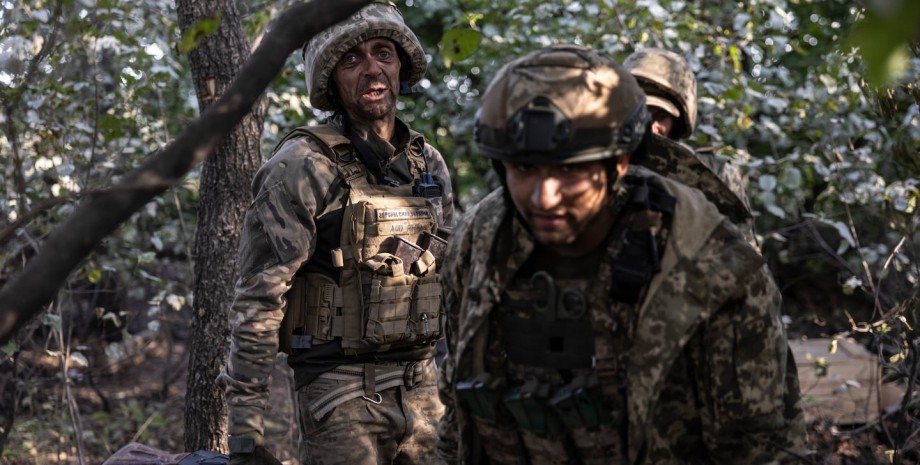
 By Natali Moss
By Natali Moss
They can hide from enemy UAVs and win the desired time and space for the construction of a fortified bunker and roads to access all this. About it writes The Washington Post. Forest strips were planted decades ago throughout Eastern and Southern Ukraine to strengthen adjacent fields and reduce soil erosion from wind. Such protection makes it possible to escape from reconnaissance UAVs and serves as one of the most valuable elements of relief, and they are struggle.
Thus, soldiers have a shelter from enemy fire. According to Ukrainian defenders, victory or defeat in battle depends on the control of strategic windproof lanes. "Trees are life," said Alexander, a representative of the artillery group of the 15th National Guard Brigade. Initially, such fortifications were conceived in the 19th century to stop the degradation of the soil, but in the 1950s the trees were planted throughout the steppe.
According to Valentina Movchan, the director of the Ukrainian Institute of Biomedical Technologies, it may be the only positive heritage that has remained from those horrific times. "Someone said" the father of the people "that it is possible to get a 30 percent increase of the crop only by planting forest strips-and this is true," she explained, adding that a huge number of people had been sent to plant these trees.
In addition to protecting the topsoil, forest strips have become biodiversity reservoirs and homes for pollinators and predators. In the present war, the windproof lanes were valuable throughout the front for the deployment of units, especially in rural areas, where there are too few buildings or they were destroyed by artillery. If they were not, one Ukrainian soldier explained, I would have to dig trenches a few meters deeper to just get a seat for shelter.
As a rule, the commander receives an order from his boss for the general placement and direction of fire, then explores the prospective places. According to soldiers, wide and thick windproof lanes are valued because they provide more opportunities for hiding vehicles and equipment. Soldiers dig the ground to install a gun and a separate shelter that can be covered with logs and ground. The armor contained two dual beds and electronics.
The fighters used the devices called "candy", they blink and vibrate, reporting what type of drone found. But such a system will not distinguish friendly planes from hostile. If the front line remains static, the positions will last for several months, but when one party captures the territory, the soldiers have to move quickly. The best windproof lanes are those that are located at some height, explained Maxim's serviceman. The tops of the hills provide a stronger radio signal for drones.
According to him, it is both advantage and a disadvantage at the same time, since the enemy uses them in the same way. For some soldiers, forest strips are also an opportunity to relax in the midst of war. Some noted that in the forest is calmer than in a dirty trench, opened in front of a hostile fire. According to the soldiers, they saw wild dogs, pheasants and owls made their way through trees.










All rights reserved IN-Ukraine.info - 2022